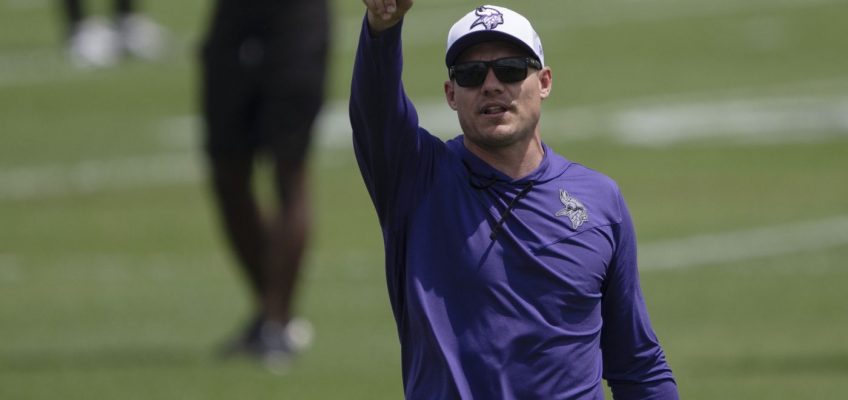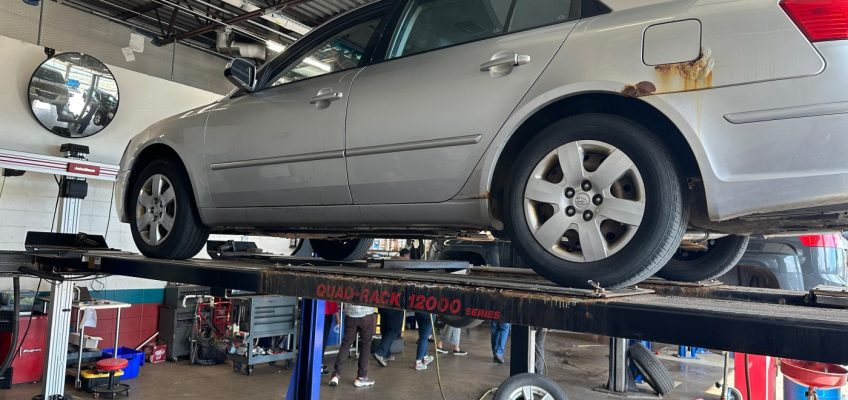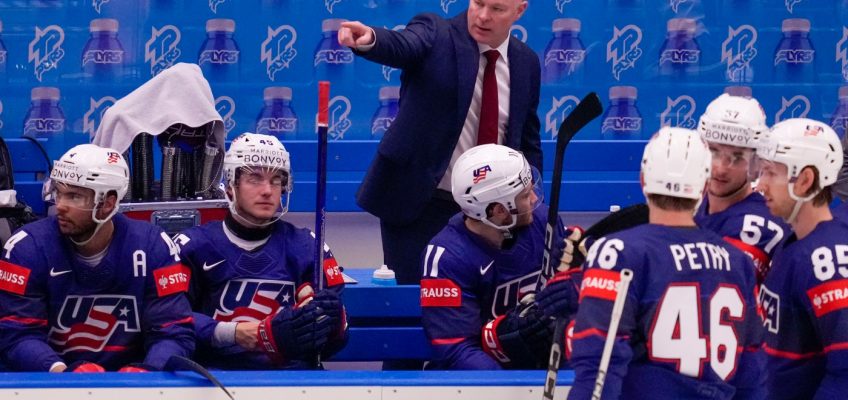Anybody hoping to get a glimpse of this version of the Vikings will get a chance to do so this summer at TCO Performance Center in Eagan.
The team announced its schedule for training camp on Tuesday afternoon with a total of nine practices open to the public. This year’s training camp is set to start on July 27 and end on August 8.
All adults hoping to gain access can purchase tickets for $5 with Season Season Ticket Members and children 17 years old and younger admitted for free.
The lone exception to those parameters is the night practice that will be hosted on August 5 at TCO Stadium. Those ticket will be available at $10 for adults, $5 for children 17 years old and younger, and free for children under 36 inches tall.
You must reserve tickets online at www.vikings.com/camp. You can also find additional details about things like autographs, activities, and parking once on the website.
There will be priority access for Season Ticket Members beginning at 1 p.m. on June 11, while the general public will be granted access beginning at 10 a.m. on June 13. Up to 4,000 digital tickets will be available to reserve for each session with capacity for the night practice set at 7,000.
Related Articles
Vikings star Justin Jefferson is ready to lead the franchise into the future
Vikings quarterback Sam Darnold already showing what he can do in new offense
Check out the new Vikings alternate uniforms aptly dubbed ‘Winter Warrior’
Vikings edge rusher Jonathan Greenard already making his presence felt
Justin Jefferson is the ‘heart and soul’ of the Vikings. That’s why they never considered trading him during their pursuit to extend him.




